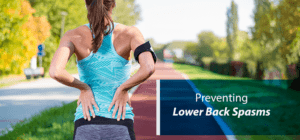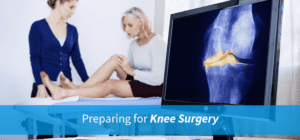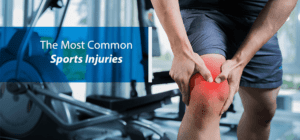
Risk Factors for Degenerative Disc Disease & Prevention Tips
The spine plays a key role in supporting and protecting our bodies. Unfortunately, like the rest of our body, it suffers from wear and tear. This is especially true for the spinal discs. Between each spinal vertebrae rests a protective disc. These intervertebral discs act shock absorbers and protect the spinal cord. They also contribute to the spine’s movement and flexibility. Spinal discs have two main parts. The inner layer (or nucleus pulposus) contains a gel-like fluid that helps to absorb shock. The outer layer (or annulus fibrosus) surrounds the nucleus pulposus. It is made of a strong, fibrous cartilage that gives structure to the disc. A healthy annulus fibrosus keeps the inner layer from leaking out of the disc. It also distributes pressure during the body’s movements. As we get older, these discs tend to get weaker and damaged, a process known as disc degeneration. What is Degenerative Disc Disease? Degenerative disc disease involves the natural wear and tear of intervertebral discs. It occurs most commonly in the neck or lower back. As we age, the cartilage in these discs starts to degrade. This causes their water and protein content to decrease. As the discs start to shrink, the reduced space between the vertebrae can cause pain and other symptoms. The shrinking of the disc causes instability in the surrounding muscles, ligaments, and joints. Time is needed for the spine to adjust to the damaged disc. The adjustment period usually involves low to moderate discomfort with occasional flare-ups of more intense pain. In time, the area of the spine begins to stabilize and symptoms decrease. Symptoms of Degenerative Disc Disease Symptoms of this condition vary depending on the location and severity of the damaged disc. Some with this condition may not experience any symptoms. Others may have severe pain as well as neurological issues. Symptoms often occur when there is instability in the spine, irritation of a nerve root, or muscle tension in the area. Common symptoms include: Continuous pain in the affected area Occasional, more intense “flare-ups” of pain that last several days or weeks Muscle pain or spasms Sharp, stabbing, or radiating pain Reduced pain when changing positions Symptoms for degenerative disc disease in the neck include: Neck stiffness Pain in the neck that radiates to the arms and hands Decreased range of motion in the neck Numbness and tingling in the fingers and hands Increased pain while looking down for too long Symptoms for degenerative disc disease in the lower back include: Pain in the low back, thighs, or buttocks Tenderness in the back Pain that worsens when sitting and lessens when walking or moving Discomfort when lifting, bending, or twisting Feeling a sudden instability or weakness in the back during quick movements Weakness in leg muscles Other concerns related to degenerative disc disease include: Painful inflammation may develop when the proteins of the disc come into contact with other nearby spinal structures. Disc degeneration can lead to spinal stenosis, osteoarthritis, and pinched nerves. A damaged




